







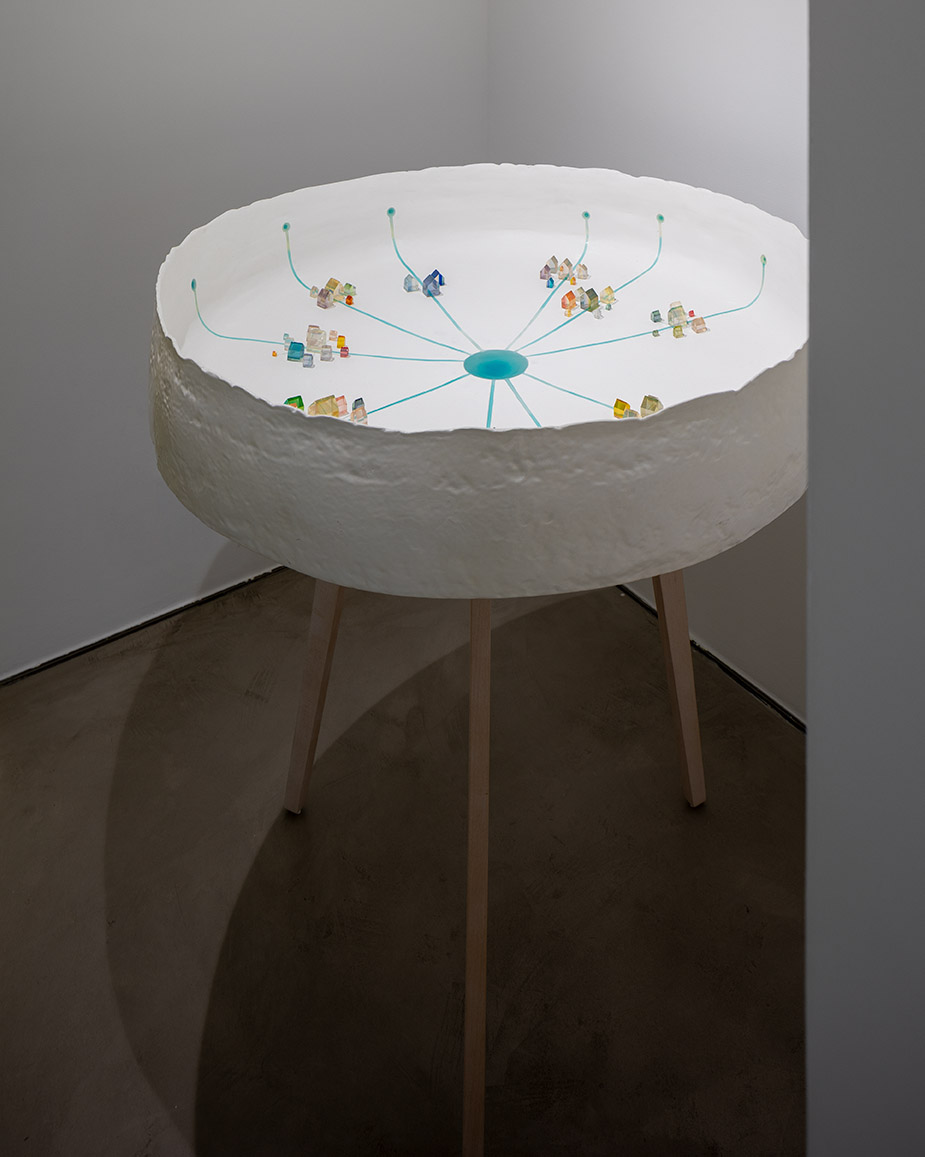









Exhibition view of Stories From the City, 2021. Photo © Tadzio
[+]Exhibition view of Stories From the City, 2021. Photo © Tadzio
[-]Exhibition view of Stories From the City, 2021. Photo © Tadzio
[+]Exhibition view of Stories From the City, 2021. Photo © Tadzio
[-]Exhibition view of Stories From the City, 2021. Photo © Tadzio
[+]Exhibition view of Stories From the City, 2021. Photo © Tadzio
[-]Exhibition view of Stories From the City, 2021. Photo © Tadzio
[+]Exhibition view of Stories From the City, 2021. Photo © Tadzio
[-]Sammy Baloji, Raccord #7, Usine de Shituru, 2012. Photo © Tadzio
[+]Sammy Baloji, Raccord #7, Usine de Shituru, 2012. Photo © Tadzio
[-]Alia Farid, Mezquitas de Puerto Rico (Hatillo), 2014. Photo © Tadzio
[+]Alia Farid, Mezquitas de Puerto Rico (Hatillo), 2014. Photo © Tadzio
[-]Ali Cherri, Paysages tremblants (Damas), (Erbil), (Alger), (Téhéran), 2014. Photo © Tadzio
[+]Ali Cherri, Paysages tremblants (Damas), (Erbil), (Alger), (Téhéran), 2014. Photo © Tadzio
[-]Emeka Ogboh, Syntax Error, 2018. Photo © Tadzio
[+]Emeka Ogboh, Syntax Error, 2018. Photo © Tadzio
[-]Younès Rahmoun, Ayn-Manzil-Hawd (Source-House-Basin), 2019. Photo © Tadzio
[+]Younès Rahmoun, Ayn-Manzil-Hawd (Source-House-Basin), 2019. Photo © Tadzio
[-]Younès Rahmoun, Ayn-Manzil-Hawd (Source-House-Basin), 2019. Photo © Tadzio
[+]Younès Rahmoun, Ayn-Manzil-Hawd (Source-House-Basin), 2019. Photo © Tadzio
[-]Younès Rahmoun, Ayn-Manzil-Hawd (Source-House-Basin), 2019. Photo © Tadzio
[+]Younès Rahmoun, Ayn-Manzil-Hawd (Source-House-Basin), 2019. Photo © Tadzio
[-]James Webb, Le Marché Oriental, 2009. Photo © Tadzio
[+]James Webb, Le Marché Oriental, 2009. Photo © Tadzio
[-]James Webb, Le Marché Oriental, 2009. Photo © Tadzio
[+]James Webb, Le Marché Oriental, 2009. Photo © Tadzio
[-]James Webb, Le Marché Oriental, 2009. Photo © Tadzio
[+]James Webb, Le Marché Oriental, 2009. Photo © Tadzio
[-]Basma Alsharif, Homes Movies Gaza, 2013. Photo © Tadzio
[+]Basma Alsharif, Homes Movies Gaza, 2013. Photo © Tadzio
[-]Basma Alsharif, Homes Movies Gaza, 2013. Photo © Tadzio
[+]Basma Alsharif, Homes Movies Gaza, 2013. Photo © Tadzio
[-]Basma Alsharif, Homes Movies Gaza, 2013. Photo © Tadzio
[+]Basma Alsharif, Homes Movies Gaza, 2013. Photo © Tadzio
[-]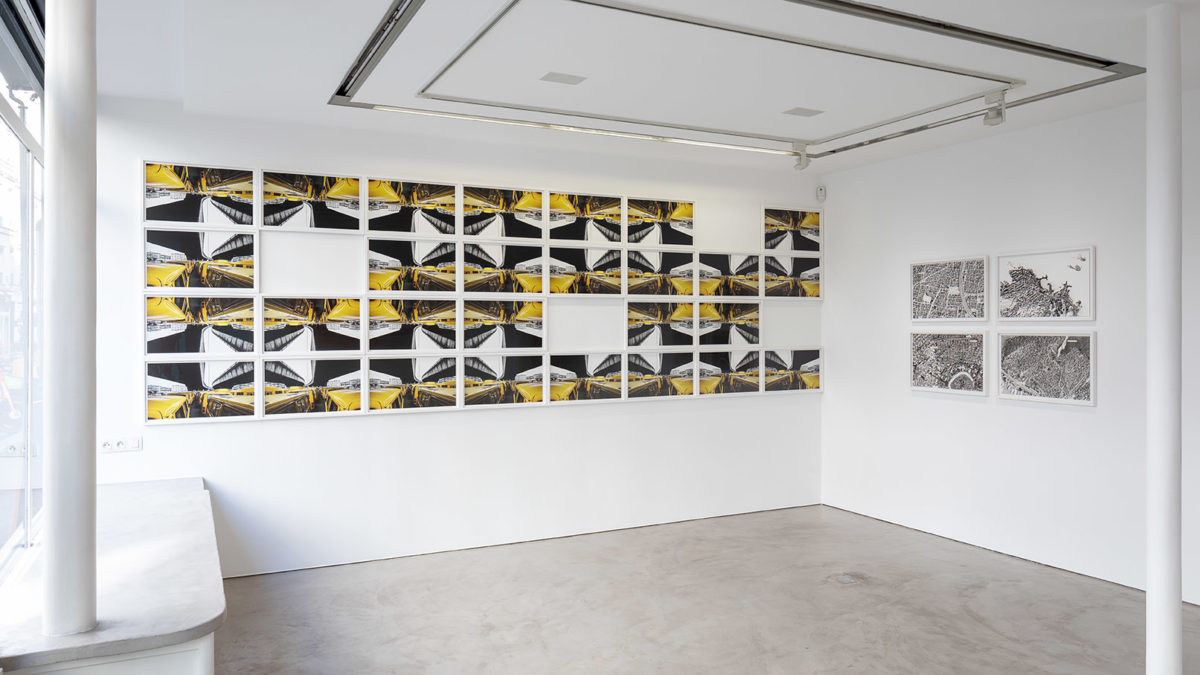
Exhibition view of Stories From the City, 2021. Photo © Tadzio
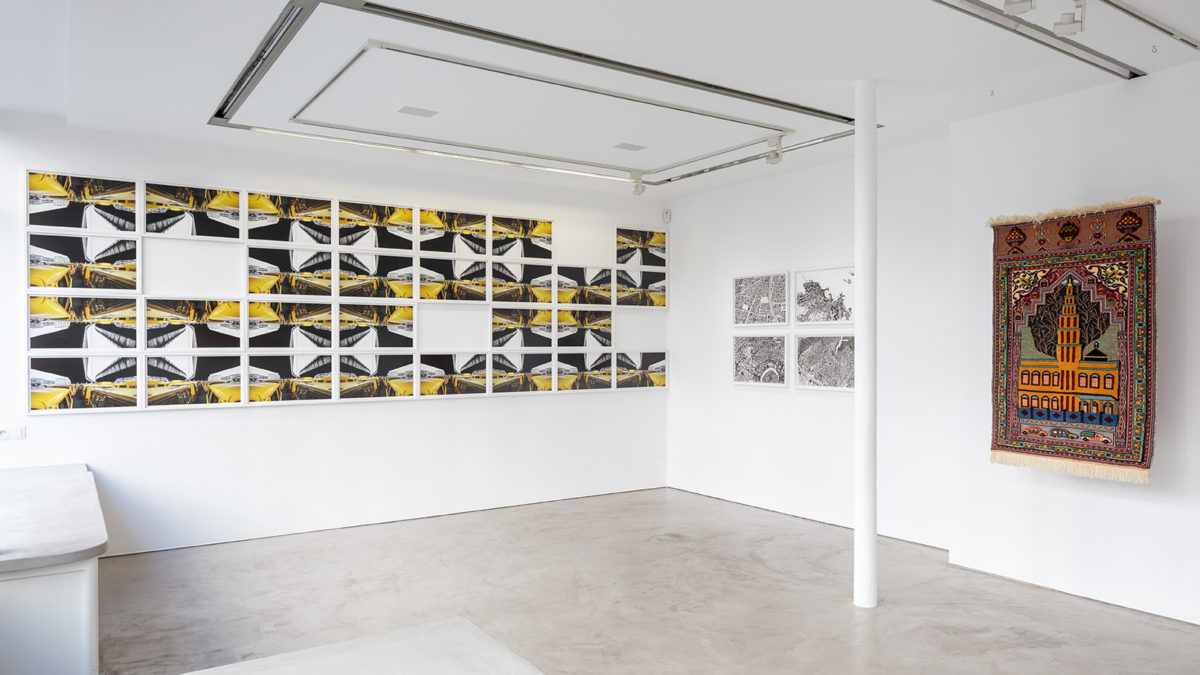
Exhibition view of Stories From the City, 2021. Photo © Tadzio
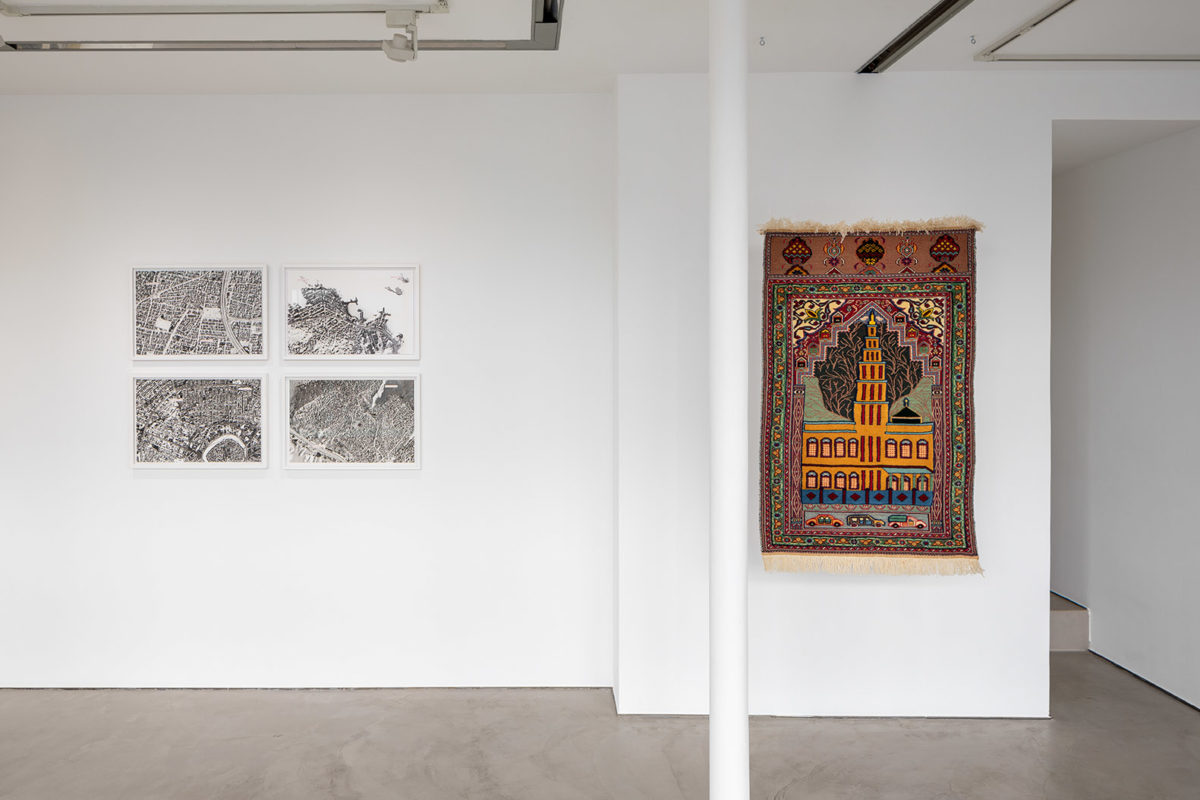
Exhibition view of Stories From the City, 2021. Photo © Tadzio
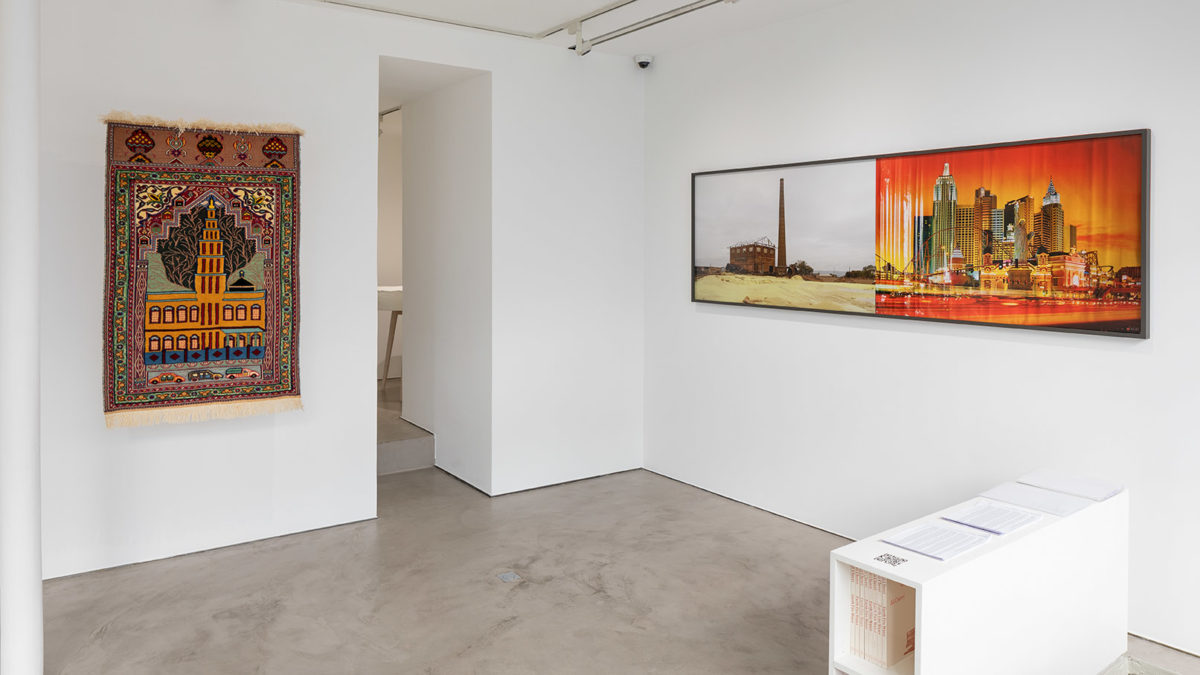
Exhibition view of Stories From the City, 2021. Photo © Tadzio
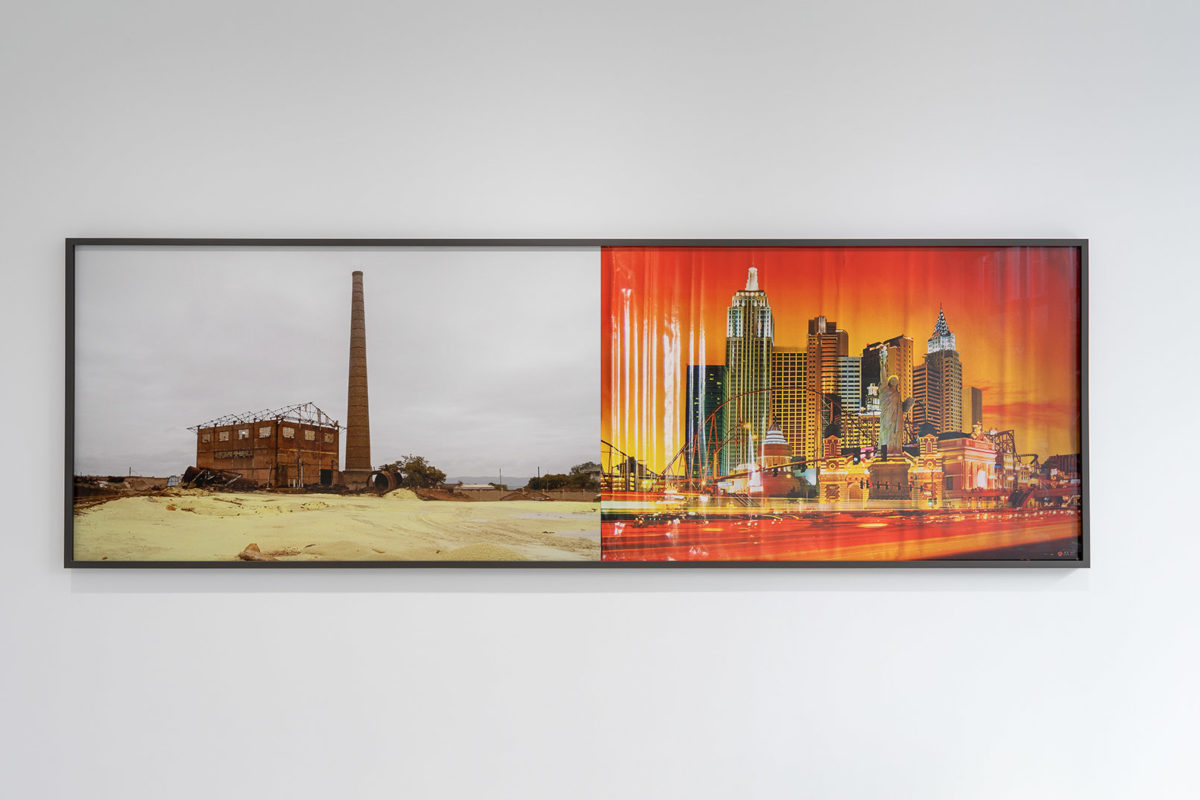
Sammy Baloji, Raccord #7, Usine de Shituru, 2012. Photo © Tadzio
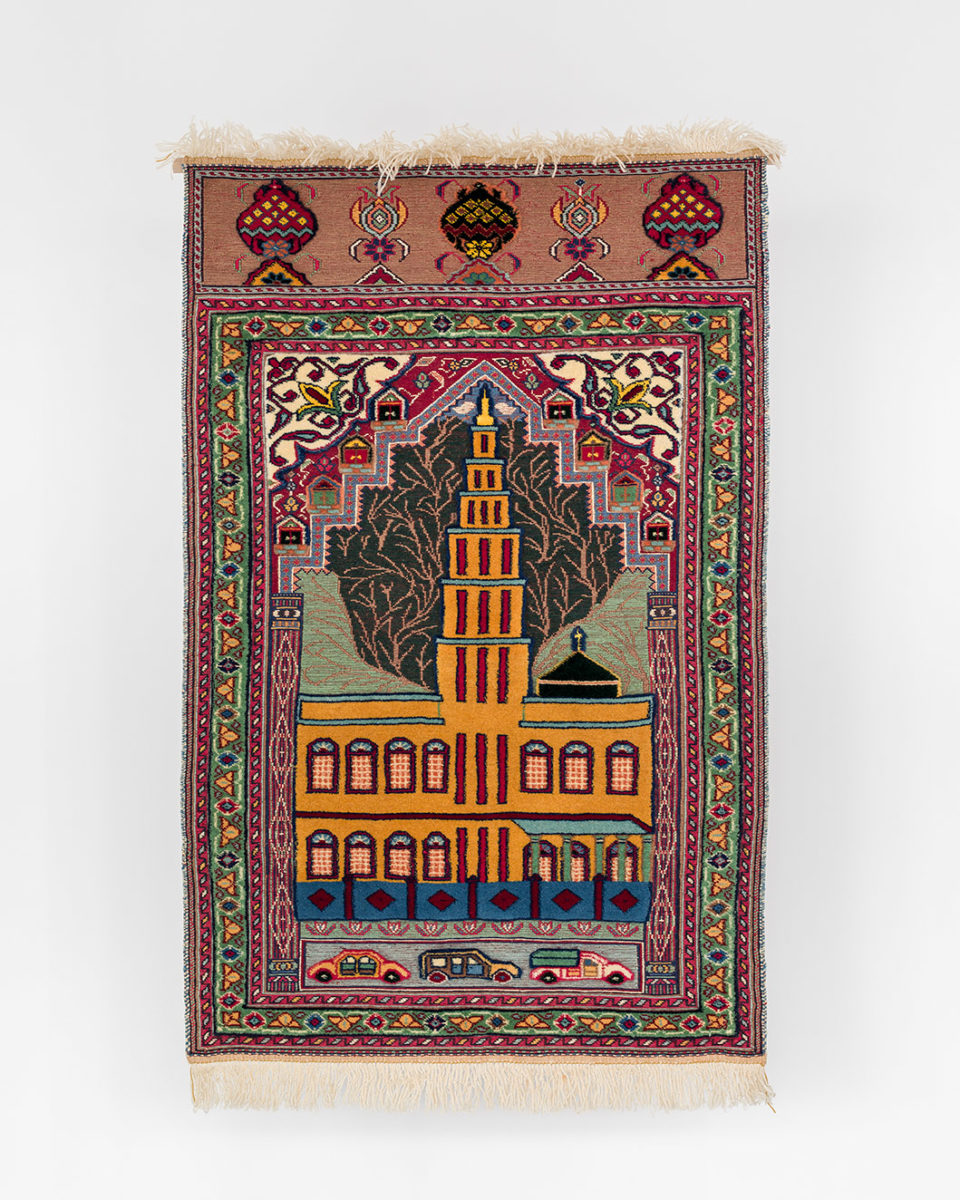
Alia Farid, Mezquitas de Puerto Rico (Hatillo), 2014. Photo © Tadzio
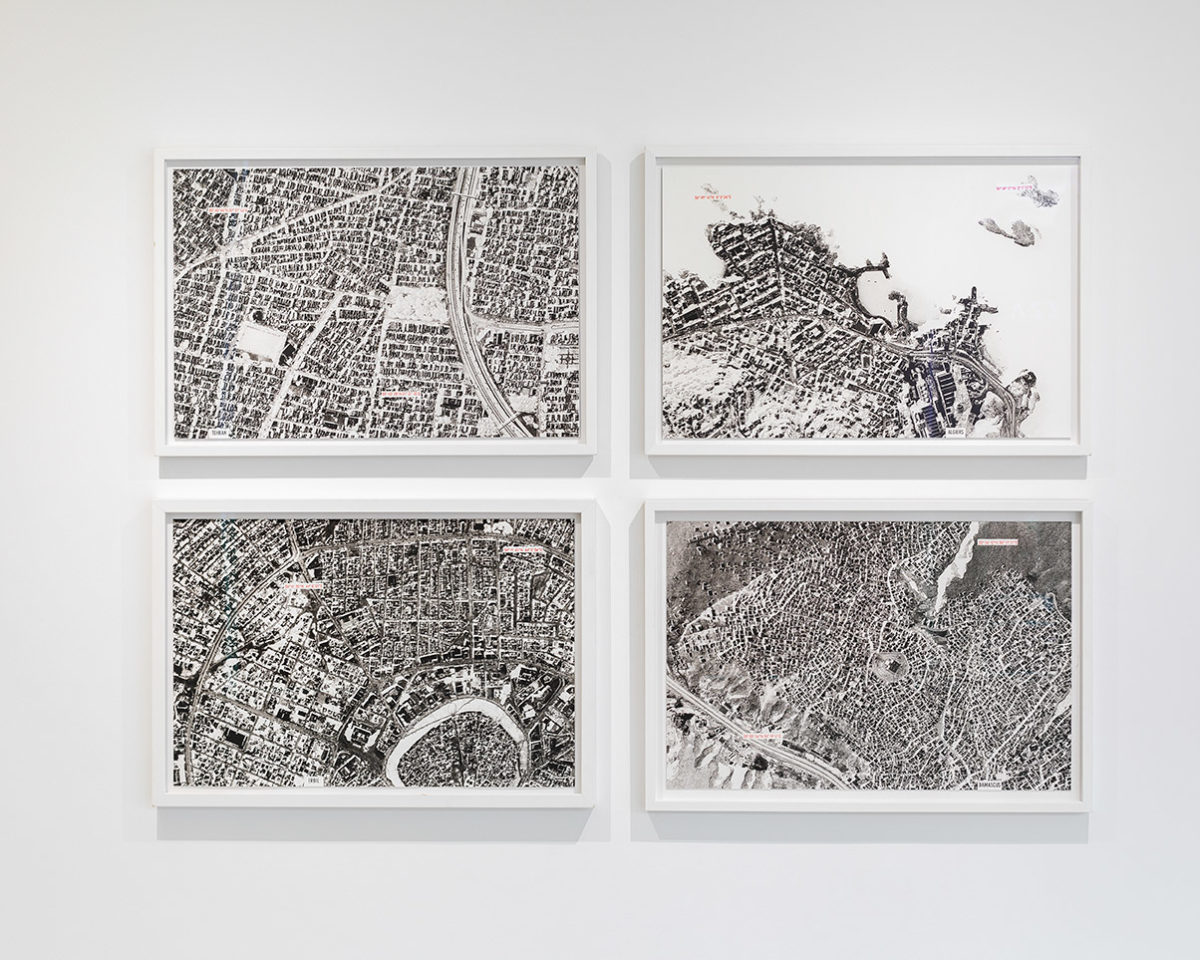
Ali Cherri, Paysages tremblants (Damas), (Erbil), (Alger), (Téhéran), 2014. Photo © Tadzio

Emeka Ogboh, Syntax Error, 2018. Photo © Tadzio

Younès Rahmoun, Ayn-Manzil-Hawd (Source-House-Basin), 2019. Photo © Tadzio

Younès Rahmoun, Ayn-Manzil-Hawd (Source-House-Basin), 2019. Photo © Tadzio
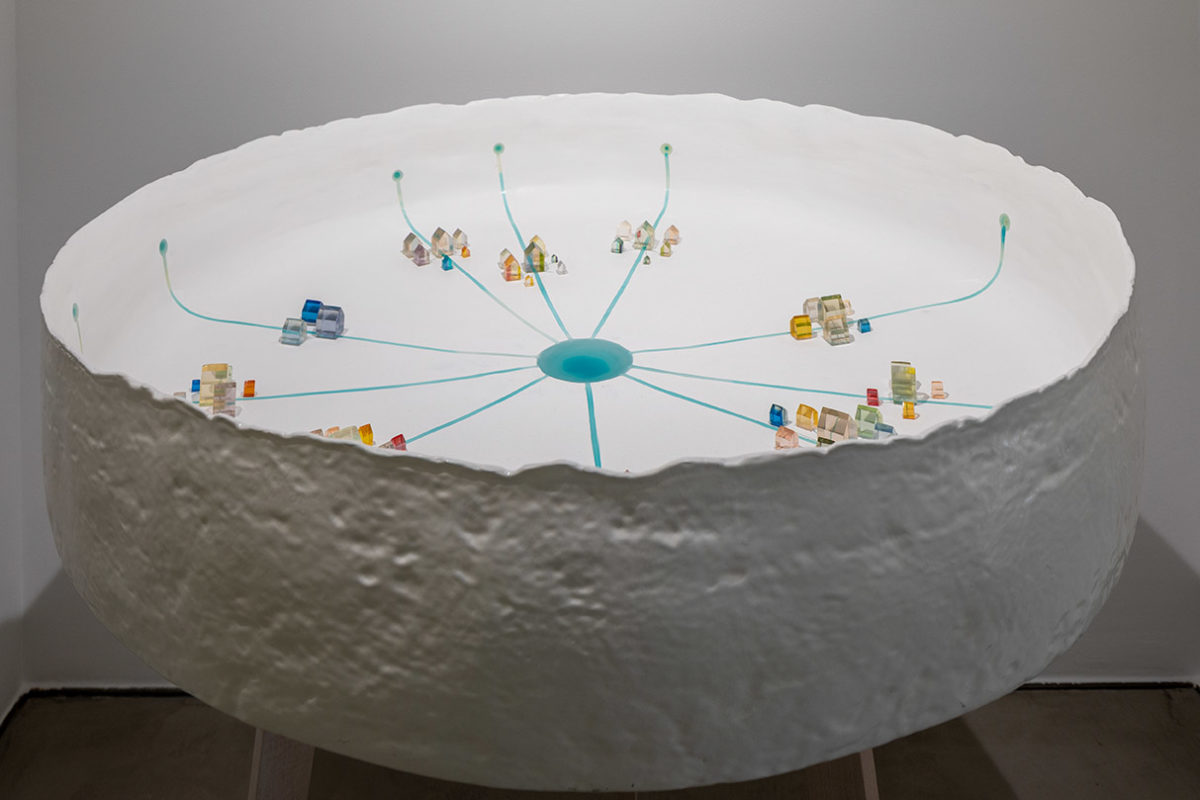
Younès Rahmoun, Ayn-Manzil-Hawd (Source-House-Basin), 2019. Photo © Tadzio
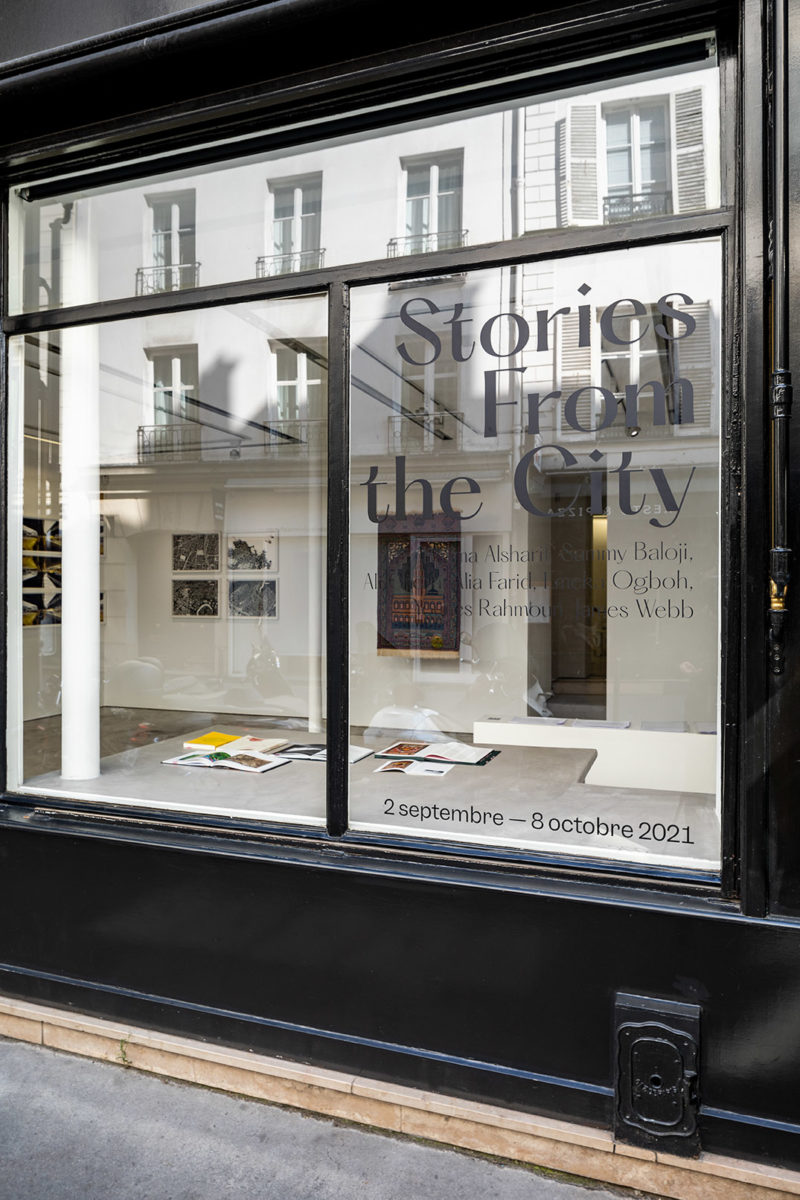
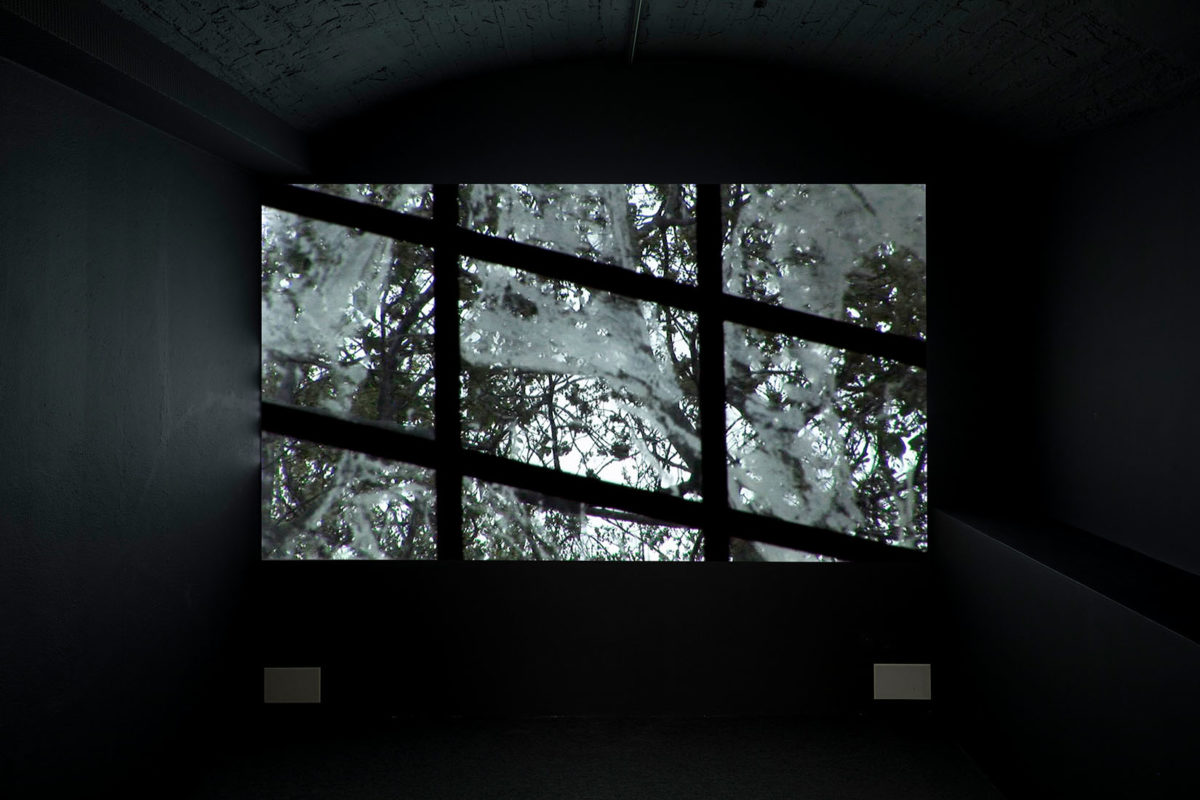
James Webb, Le Marché Oriental, 2009. Photo © Tadzio

James Webb, Le Marché Oriental, 2009. Photo © Tadzio
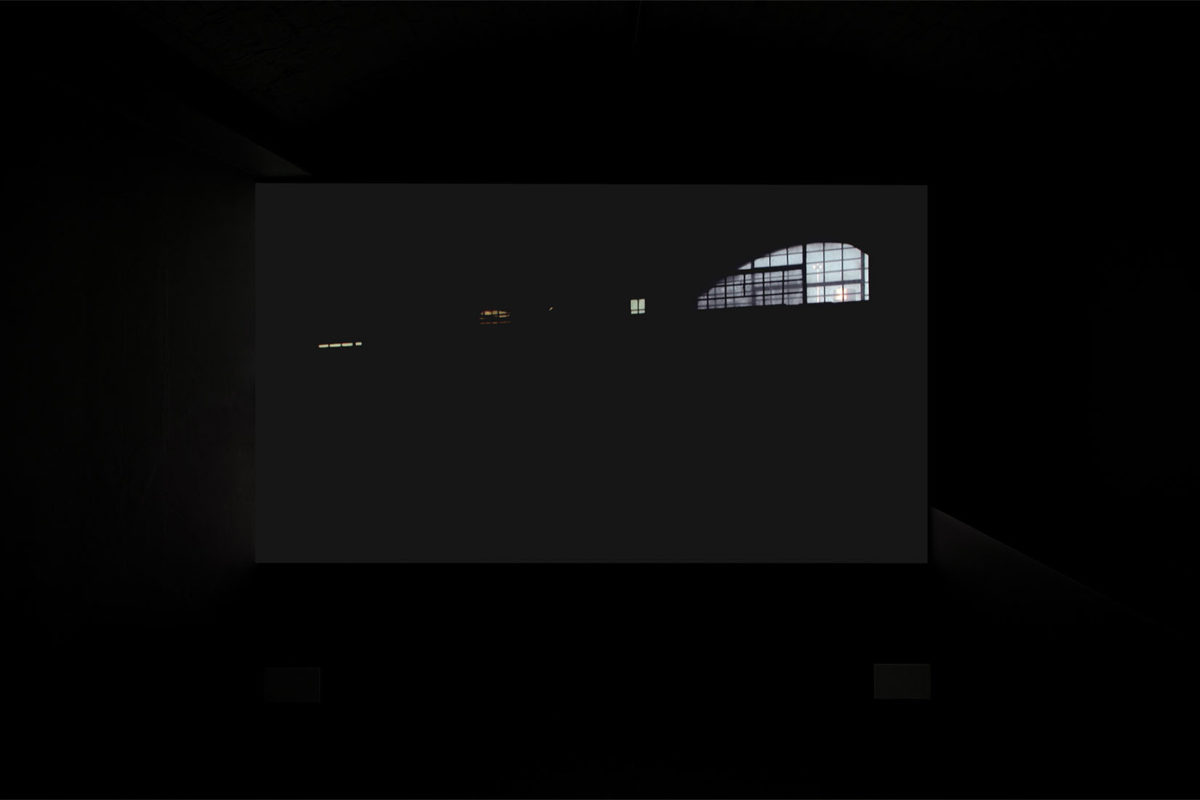
James Webb, Le Marché Oriental, 2009. Photo © Tadzio

Basma Alsharif, Homes Movies Gaza, 2013. Photo © Tadzio
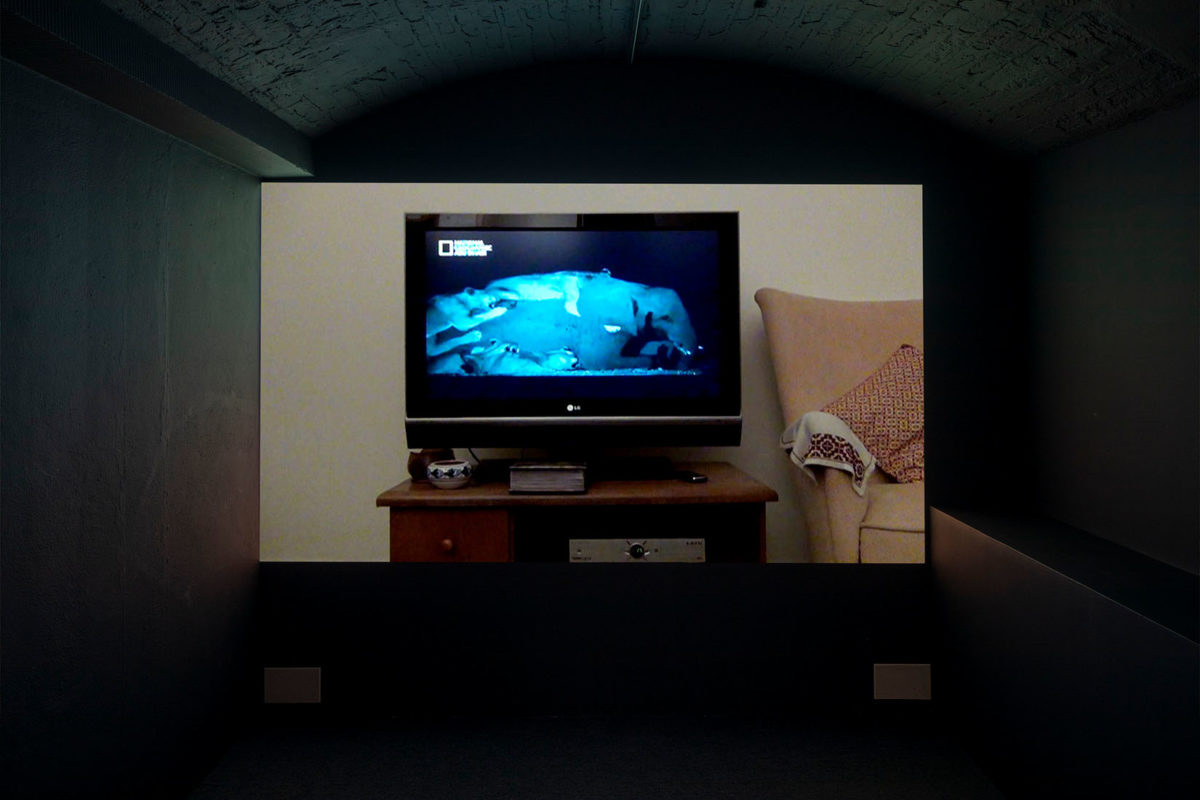
Basma Alsharif, Homes Movies Gaza, 2013. Photo © Tadzio
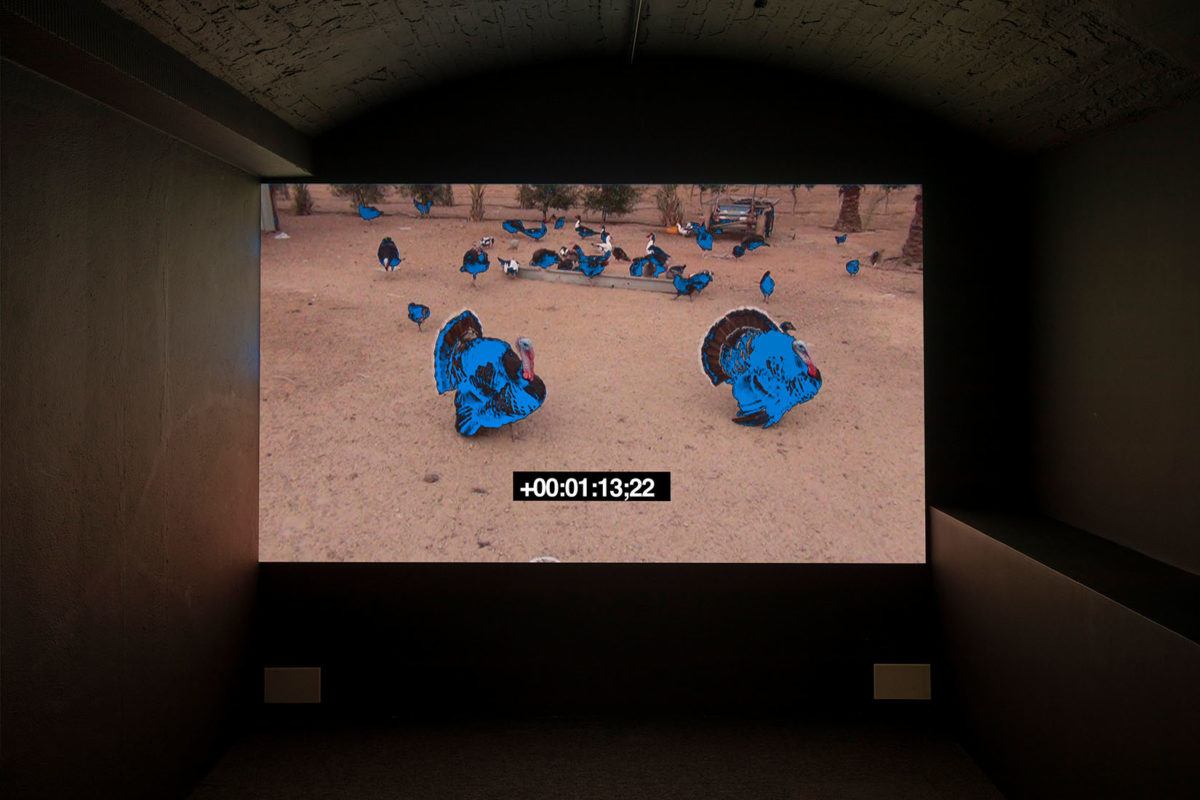
Basma Alsharif, Homes Movies Gaza, 2013. Photo © Tadzio
Mezquitas de Puerto Rico, 2014
This collaboration between Alia Farid and Jesus ‘Bubu’ Negrón involves documenting mosques in the Caribbean and especially Puerto Rico that have then be interpreted as tapestries by weavers living and working in the Arab Muslim world. The work looks at how traditional Islamic architecture is adapted to the context of the Caribbean through exaggerations of elements such as the dome and minaret, and issues related to the paradisiacal environment or jannah-like setting in which they are found. The work also examines connections between Latin America and the Arab world that are less visible in the work: colonial histories, histories of resistance, exile, displacement, and recent de-colonial struggles.
Trembling Landscape (Damascus), 2014
Trembling Landscape (Tehran), 2014
Trembling Landscape (Algiers), 2014
Trembling Landscape (Erbil), 2014
Trembling Landscape (Mekkah), 2014
Trembling Landscape (Beirut), 2014
Lithographic Prints and Archival Ink Stamps
40 x 60 cm or 70 x 100 cm (Beirut) (each)
Edition of 7 + 2 AP (each)
Exhibition views: Trembling Landscape, Sep. 2020 – Jan. 2021, Eye Filmmuseum © Studio Hans Wilschut
In Trembling Landscapes, a series of ink-stamped aerial maps of Algiers, Beirut, Damascus, Erbil, Mekkah, and Tehran, Ali Cherri highlights fault lines that have resulted in catastrophic earthquakes, juxtaposing them with instances of political unrest and architectural development. The maps are reminiscent of well-known photographs of cities destroyed in the Second World War, or more recent image filmed by hovering drones, but without a clear reference about whether the given city is in the state before or after the catastrophe. What they offer though is retrieval of memory that we share and too often suppress, as well as a possibility to transform this information into a metaphor for the unrest that envelops those cities ceaselessly.
In the most recent addition to this series, he explores the Islamic holy city of Mekkah, focusing on an invisible fissure associated with a religious fable about a vision of the Day of Judgment that portends a violent earthquake, where people will be raised from the dead, and give account of themselves to receive their just rewards—a commentary on the town’s rapid construction and the corresponding erosion of its heritage.
Trembling Landscape (Algiers)
Trembling Landscape (Damascus)
Trembling Landscape (Erbil)
Trembling Landscape (Tehran)
Trembling Landscape (Mekkah)
Trembling Landscape (Beirut)
Le Marché Oriental, 2009
HD video, color, sound
3 min
Edition of 5 + 2 AP
Exhibition views © Anthea Pokroy
A 2-minute intervention inside Cape Town’s disused Oriental Plaza, an Apartheid-era shopping mall designed to control Cape Malay trade. On the 4th day of Ramadan, 2008, Sheikh Mogamat Moerat of District Six’s Zeenatul Islam Majid mosque was invited to sing the Adhan (call to prayer) inside the empty remains of the building a few weeks prior to its demolition to make way for luxury apartments.
District Six was one of the most politically-charged areas in South Africa. Created as the Sixth Municipal District of Cape Town in 1867, its central location and proximity to the harbour made it the home of many merchants, freed slaves and immigrants. It was a racially-mixed neighbourhood comprising a high percentage of Malay people, brought, along with Islam, to the Cape Colony by the Dutch East India Company. On the 11th of February 1966, under the Group Areas Act, the Apartheid government declared District Six an area for the use of whites only. Over the next few years, 60,000 people were forcibly removed from their homes and relocated to distant areas such as the Cape Flats and Endabeni. Much of the rezoned land was bulldozed, leaving only the places of worship. These included the Zeenatul Islam Majid mosque, one of the oldest in the country.
Imane Farès is proud to present Stories From the City, an exhibition comprised of works by Basma Alsharif, Sammy Baloji, Ali Cherri, Alia Farid, Emeka Ogboh, Younès Rahmoun & James Webb that center around the city and its built environment. A rare opportunity to bring together most of the artists represented by the gallery, this exhibitions features artworks that have been rarely shown in France.
Artists presented in the exhibition have examined buildings, neighborhoods, and cities with heterogeneous characteristics and uses, which have often morphed over the course of their histories—whether they were or still are places of production and consumption (factories and shopping malls), places of worship (mosques and churches), or even sites of transit (highways and crossroads). From the African continent to the Caribbean, by way of the Middle East and North Africa, these urban territories are often marked by cultural hybridisations. The built environment and its surrounding bear the trace of these entanglements of local traditions, diasporic presences and various stratas of occupation (colonization/decolonization in the case of the Democratic Republic of the Congo; Apartheid in the case of Cape Town; blockade and illegal occupation in the case of Gaza).
Some artists make use of conceptual and visual processes that orchestrate or record these confrontations, encounters, dialogues and creolization1: through photographic montage, performative intervention or the superposition of disjointed realities. Mosques in Puerto Rico and Iranian weavers (Alia Farid); a shopping mall destined to be destroyed and in which an Imam sings the call for prayer (James Webb); a Congolese factory in ruins and the vision of a city yet to come, and inspired by Chinese contemporary constructions (Sammy Baloji): all of these images are summoned in the exhibition space.
Others make us experience the territories of cities, whether intimately lived, seen from the sky, or imagined: through the situated and embodied perspective that attempts to describe the daily life in Gaza from inside domestic spaces (Basma Alsharif); through aerial views of Middle Eastern cities that have recently witnessed protest movements, and where the looming danger—geological/natural or political—of destruction resurfaces (Ali Cherri); through a sculptural symbolism that associates the built environment with water and assimilates the house to a source of inner peace (Younès Rahmoun); or the use of a kaleidoscopic perspective that visually translates the bubbling dynamism of the city (Emeka Ogboh).
Through the attention to the histories and politics that have shaped cities, their peripheries, and their inhabitants, these artworks show us cultures in “travel and translation”, to quote the title of James Clifford’s Routes: Travel and Translation in the Late Twentieth Century (1997). Whether they explore Lagos, Cape Town, Gaza, Likasi, Erbil, Algiers, Damascus, Tehran or Hatillo, the works presented here shed light, through the sometimes sudden modes of transformation of cities (destruction, planned transformation, exodus) on parts of global history resulting from the cumbersome heritage of exploration, colonization, capitalist expansion, immigration and labor mobility.
[1] Édouard Glissant, Poetics of Relation, trans. Betsy Wing, University of Michigan Press, 1997 [1990]